Preface
These lecture notes aim to gives a short introduction into the basic ideas and concepts of artificial intelligence (AI). The approach and selection of topics reflect my experience with AI for the past 15 years. Most of my knowledge about the subject was self-taught through online courses, side projects and professional activities. Since my background was in applied physics,basis for getting into machine learning for natural and easy.
I hope that this notes will be useful for self-study and as a companion for more formal AI course offered elsewhere.
I have tried throughout to minimize rigorous mathematics thus making the note as accessible and self-contained as possible. Some relevant background material is provided through appendices or ‘narrative summaries’ within the main text, together with pointers to the literature.
Overview
AI is everywhere (overhyped)!
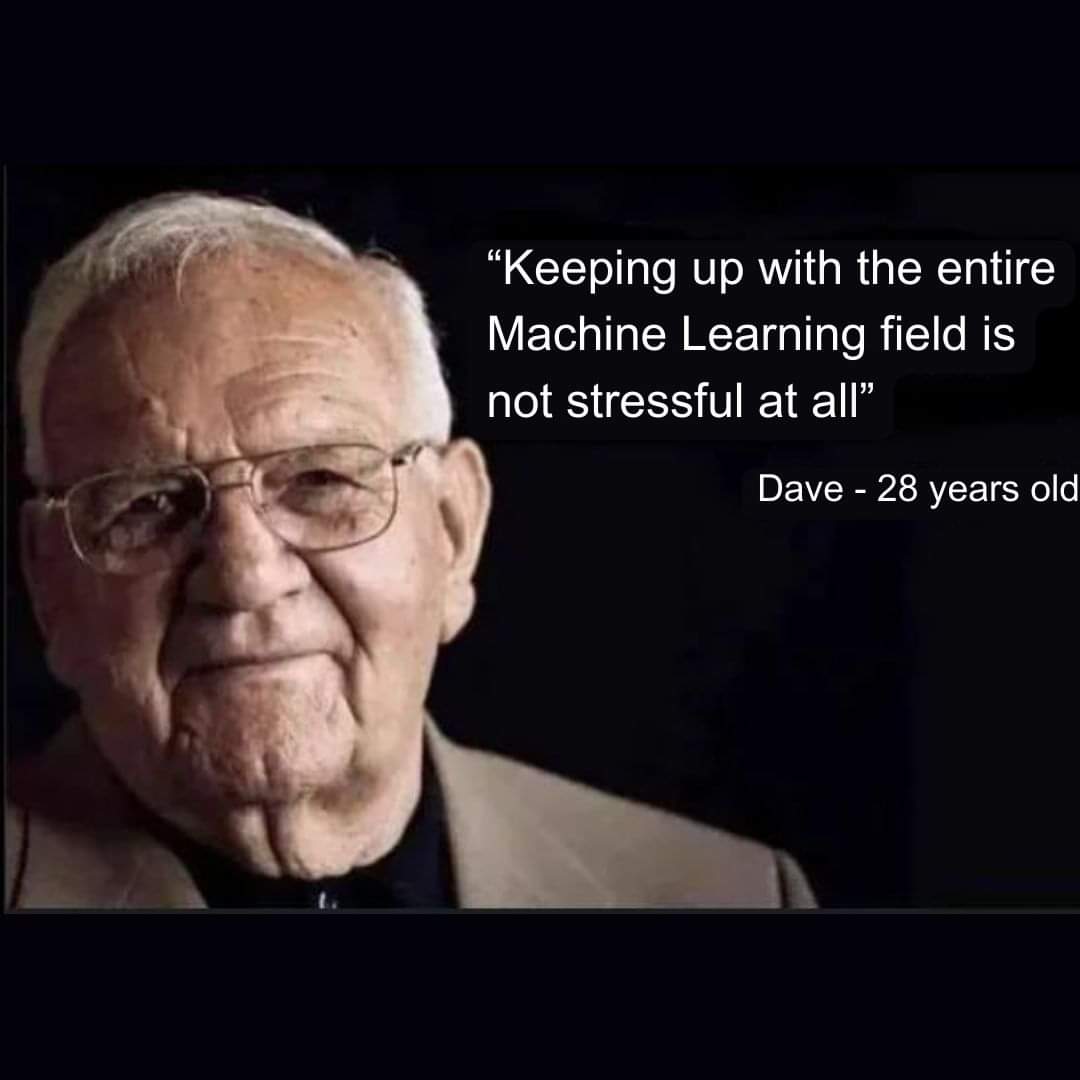
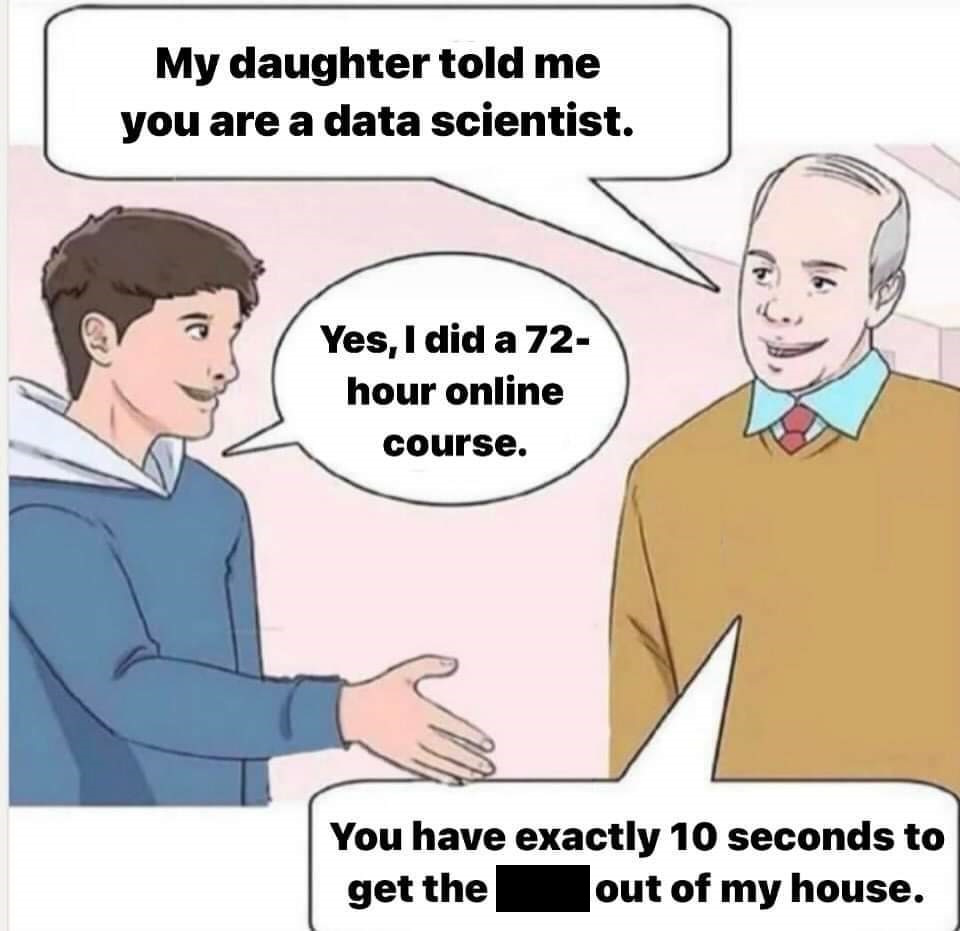
Some notable examples:
- Google (region proposal network)
- Google (Transformer-based)
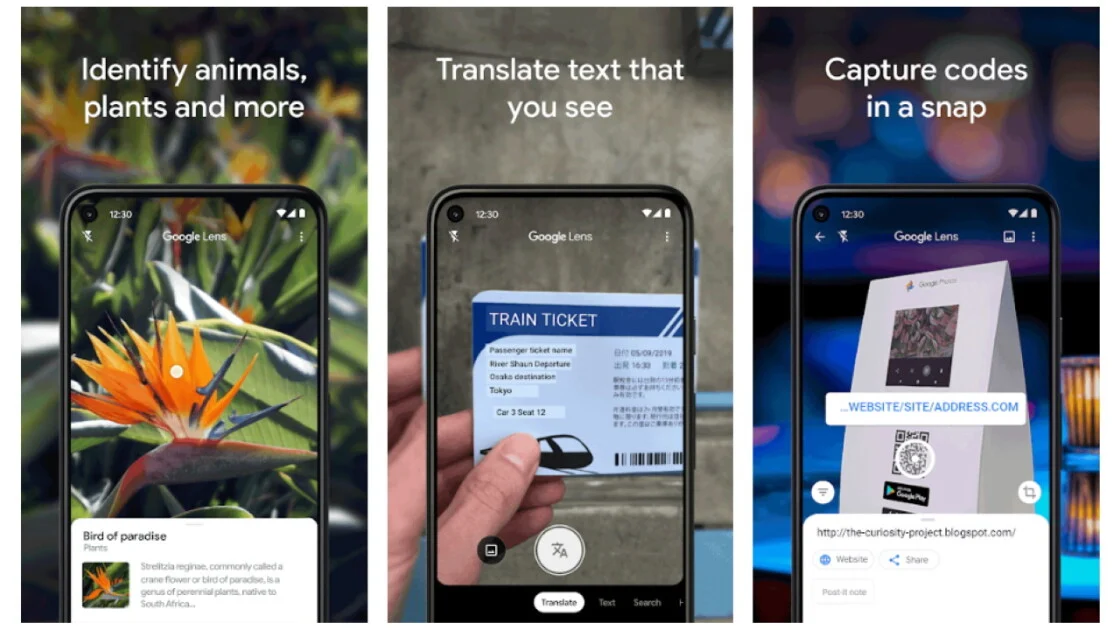
- YouTube automatic captioning (automatic speech recognition)

- G-mail spam filters (rule-based filters + Density clustering)
- Apple’s face-ID (deep convolutional networks)
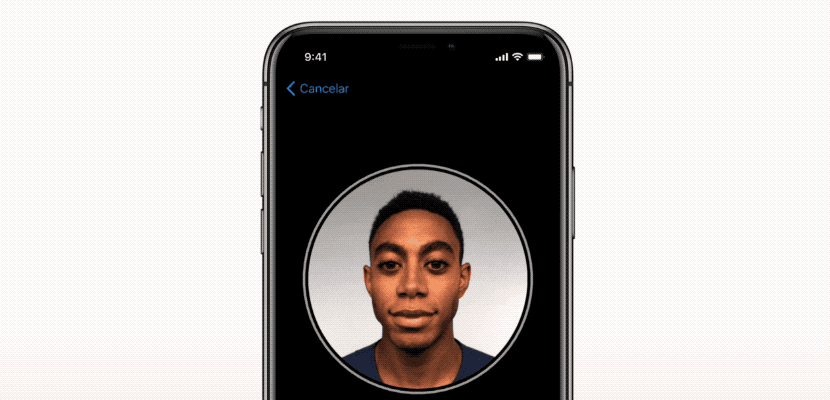
- Tesla autonomous car (deep learning)
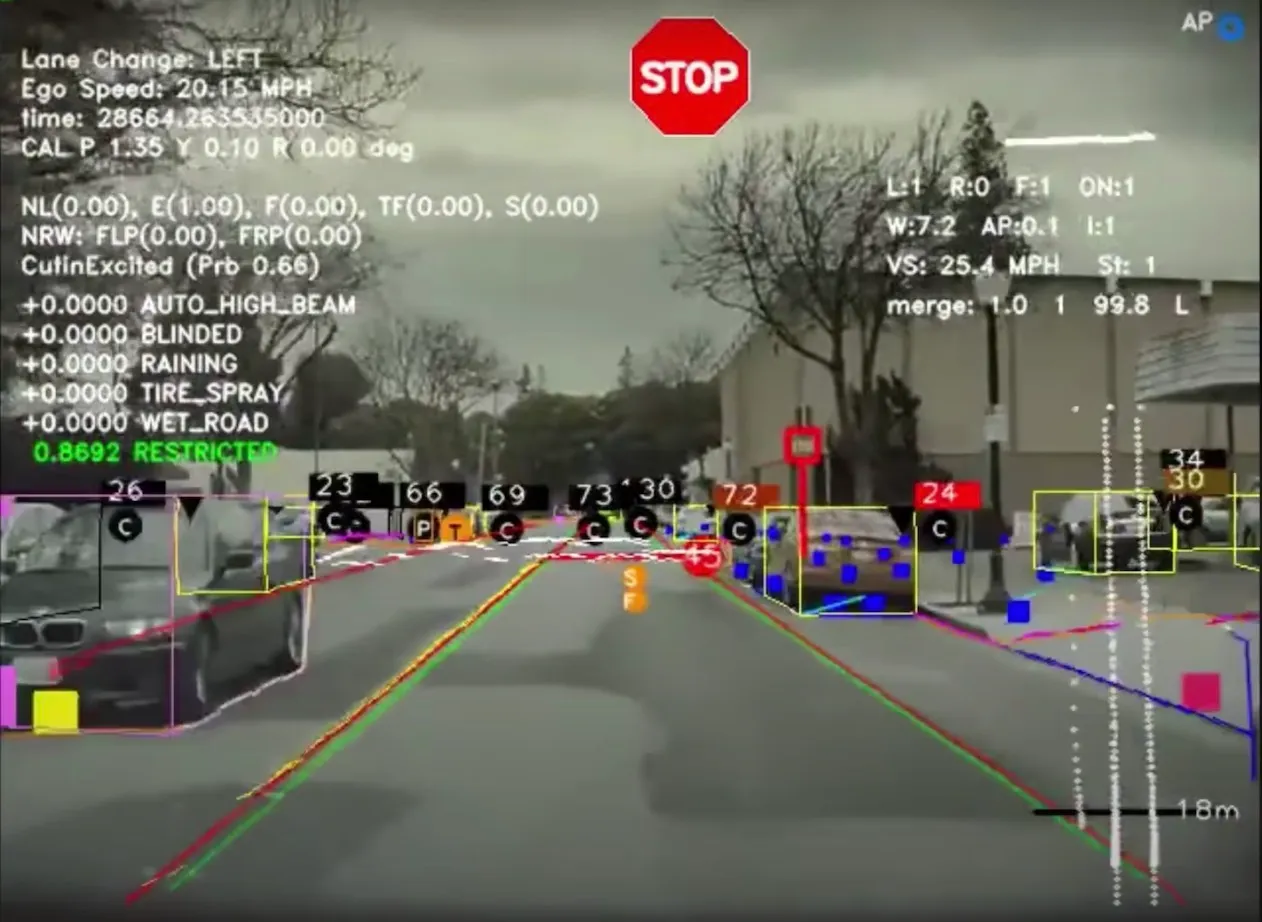
- virtual assistant (Siri, Google Assistant)
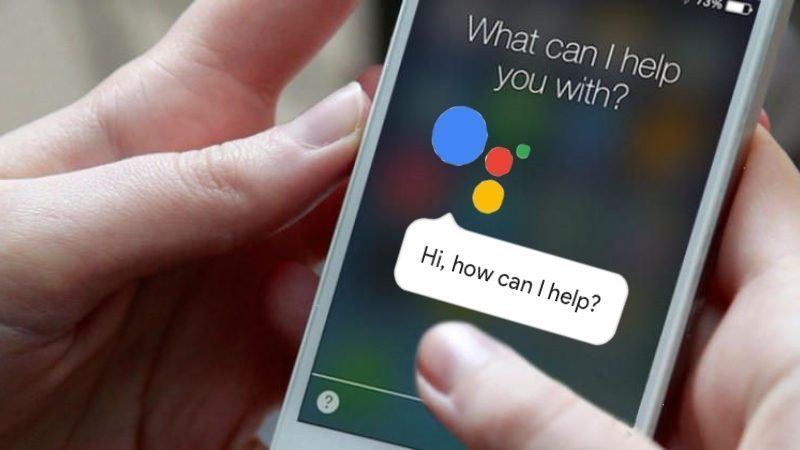
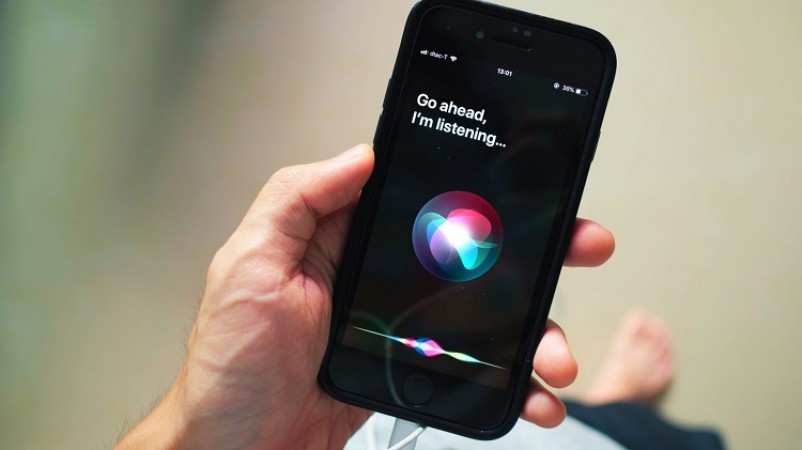
- NVIDIA DLSS (Deep learning supersampling)
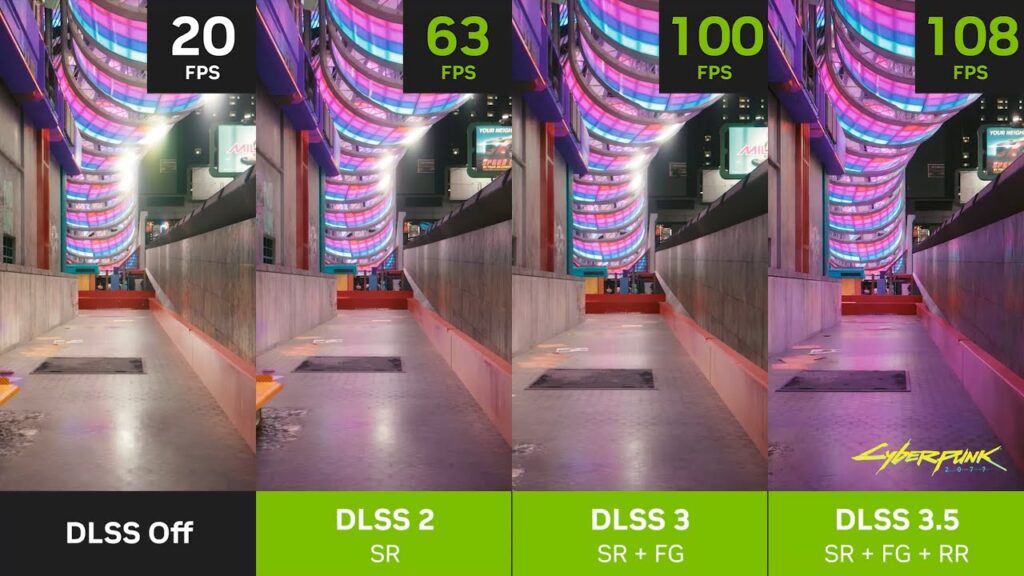
- Bloomberg (NLP)
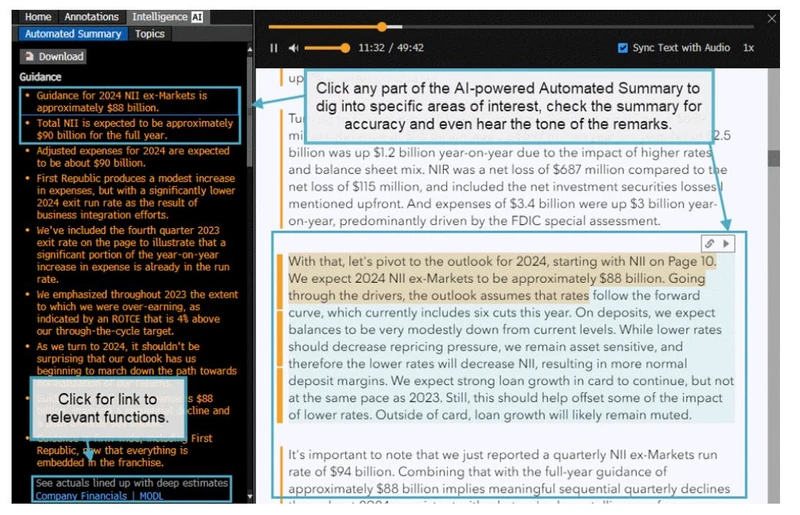
Some notable examples (science):

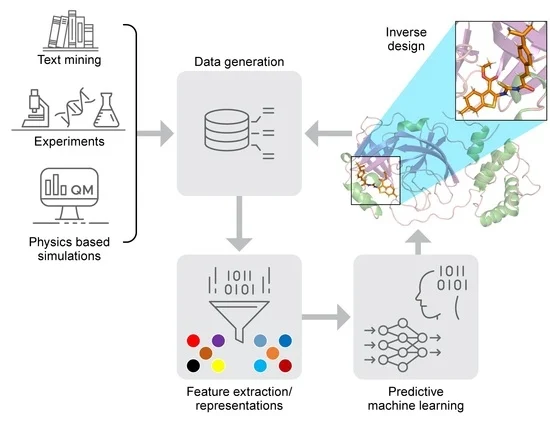
my encounter:
- geospatial intelligence: land use analysis
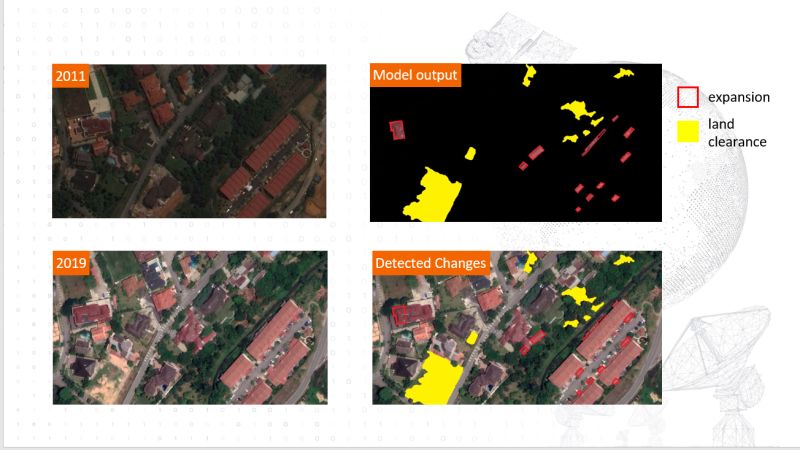
- oil & gas: corrosion detection in confined space
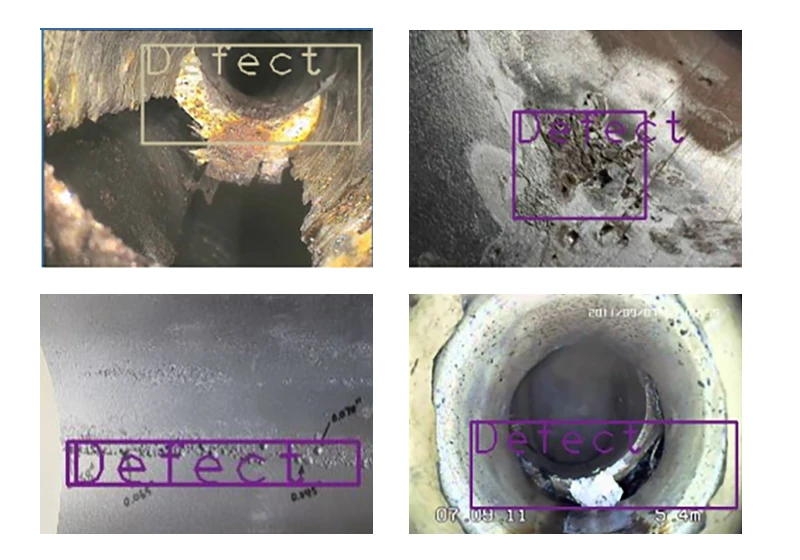
automation: vehicle QC inspection (detect scratch, dent on body surface)
automation: vehicle QC inspection (detect missing screw in motorcycle assembly line)
safety: Personal protective equipment (PPE) detection for safety inspection

- finding oil: salt detection

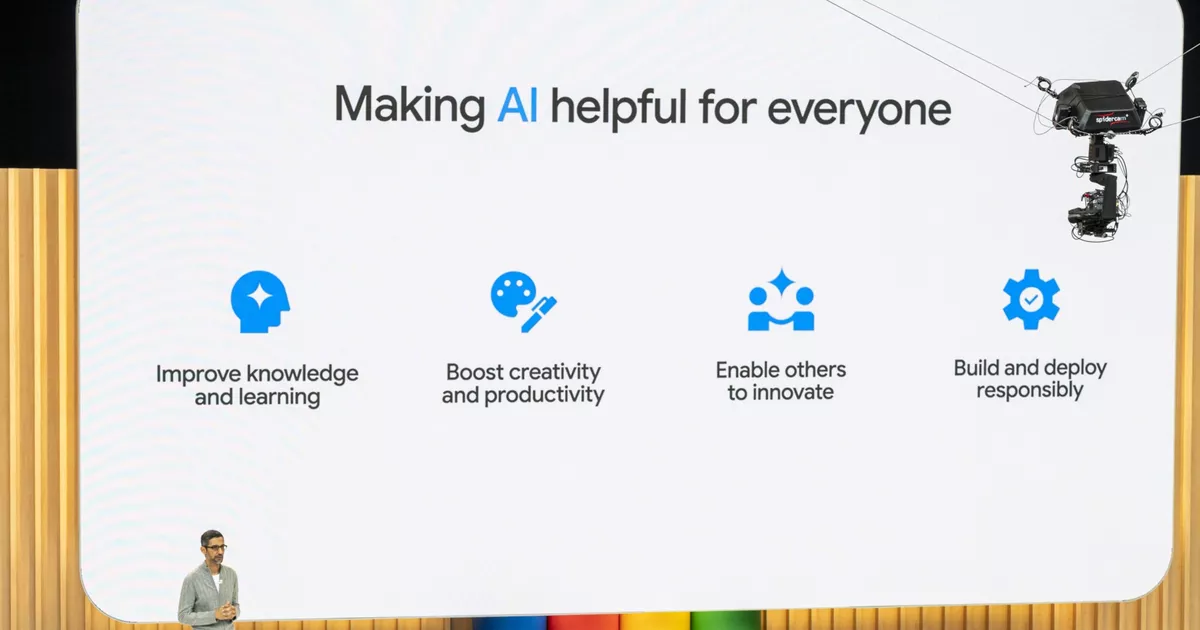
Artificial intelligence, Machine learning and Deep learning
Data science and statistics - are two of the same, except that in earlier days, Data Science as we know it today, was called “statistical data analysis” or “applied statistics”.
“Data Scientist” means a professional who uses scientific methods to liberate and create meaning from raw data.
“Statistics” means the practice or science of collecting and analyzing numerical data in large quantities.
There are no real difference between the two, except that “Data Scientists” prowes in large scale data or Big Data and fast computing. Otherwise, they are the same.
Today, there are no difference between the two.2
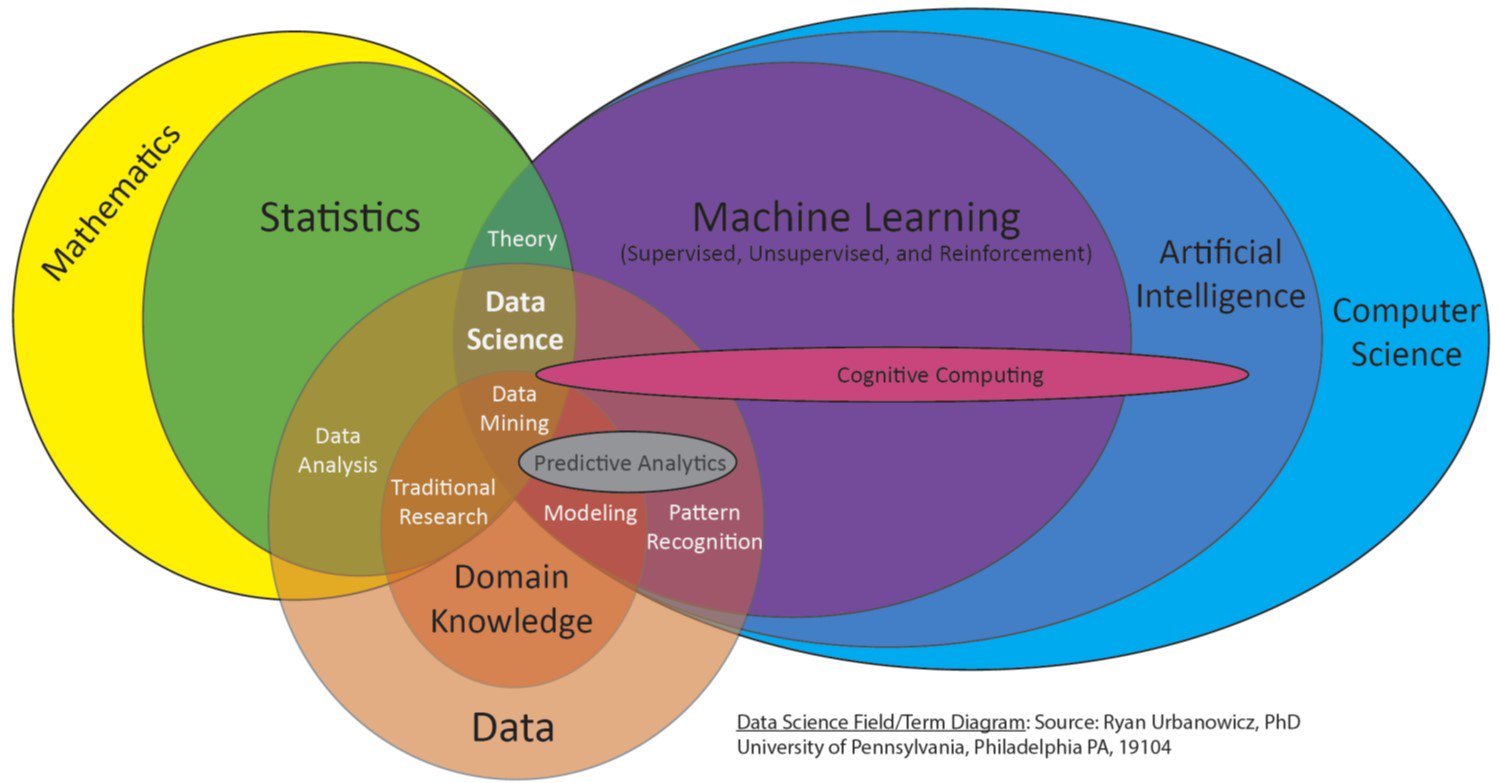

The central goal of AI is to provide a set of algorithms and techniques that can be used to solve problems that humans perform intuitively and near automatically. A great example of such a class of AI problems is interpreting and understanding the contents of an image – this task is something that a human can do with little-to-no effort, but it has proven to be extremely difficult for machines to accomplish.
Deep learning is a subfield of machine learning, which is, in turn, a subfield of artificial intelligence (AI).
Machine learning tends to be specifically interested in pattern recognition and learning from data. Artificial Neural Networks (ANNs) are a class of machine learning algorithms that learn from data and specialize in pattern recognition, inspired by the structure and function of the brain.
Deep learning is an approach to AI. It is a type of machine learning, a technique that allows computer systems to improve with experience and data.
Data Scientist vs Machine Learning Engineer
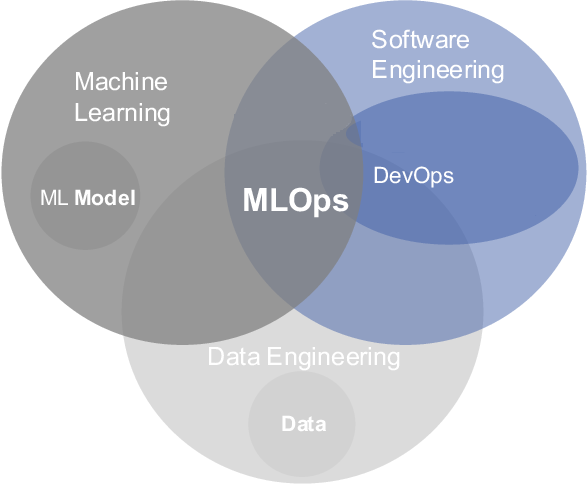
MLOps is the process of automating and productize machine learning applications and workflows.
Reality: ML in production
Machine learning in production is very complicated!
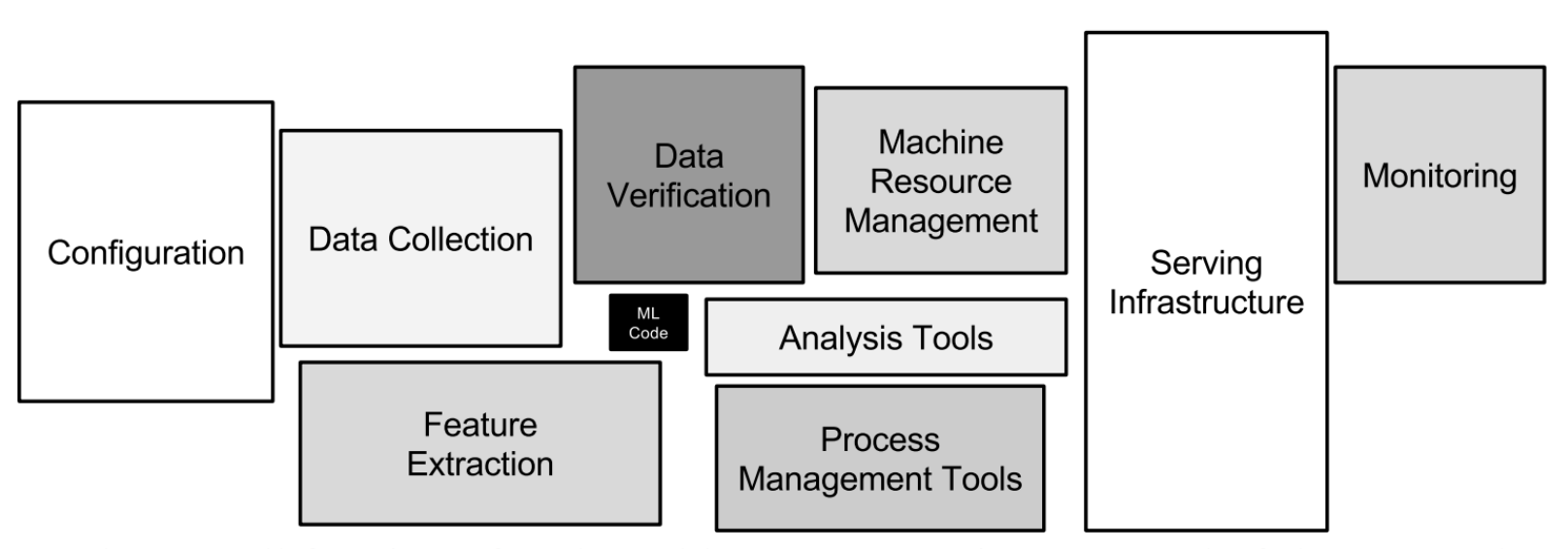
In a perfect world, data scientist will do ML modelling while ML Engineer will productize ML model from Data Scientist. In reality (especially in Small & Medium Enterprise), Data Scientist & ML Engineer job scope is intertwine (or even the same person!)
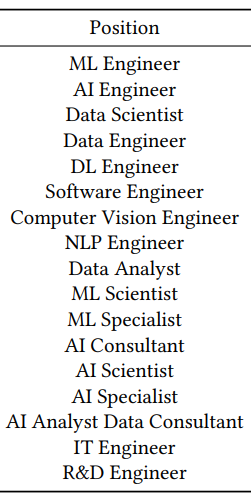
- Formulate a definition of intelligence. How do we test this intelligence empirically ( testable and verifiable by observation)?